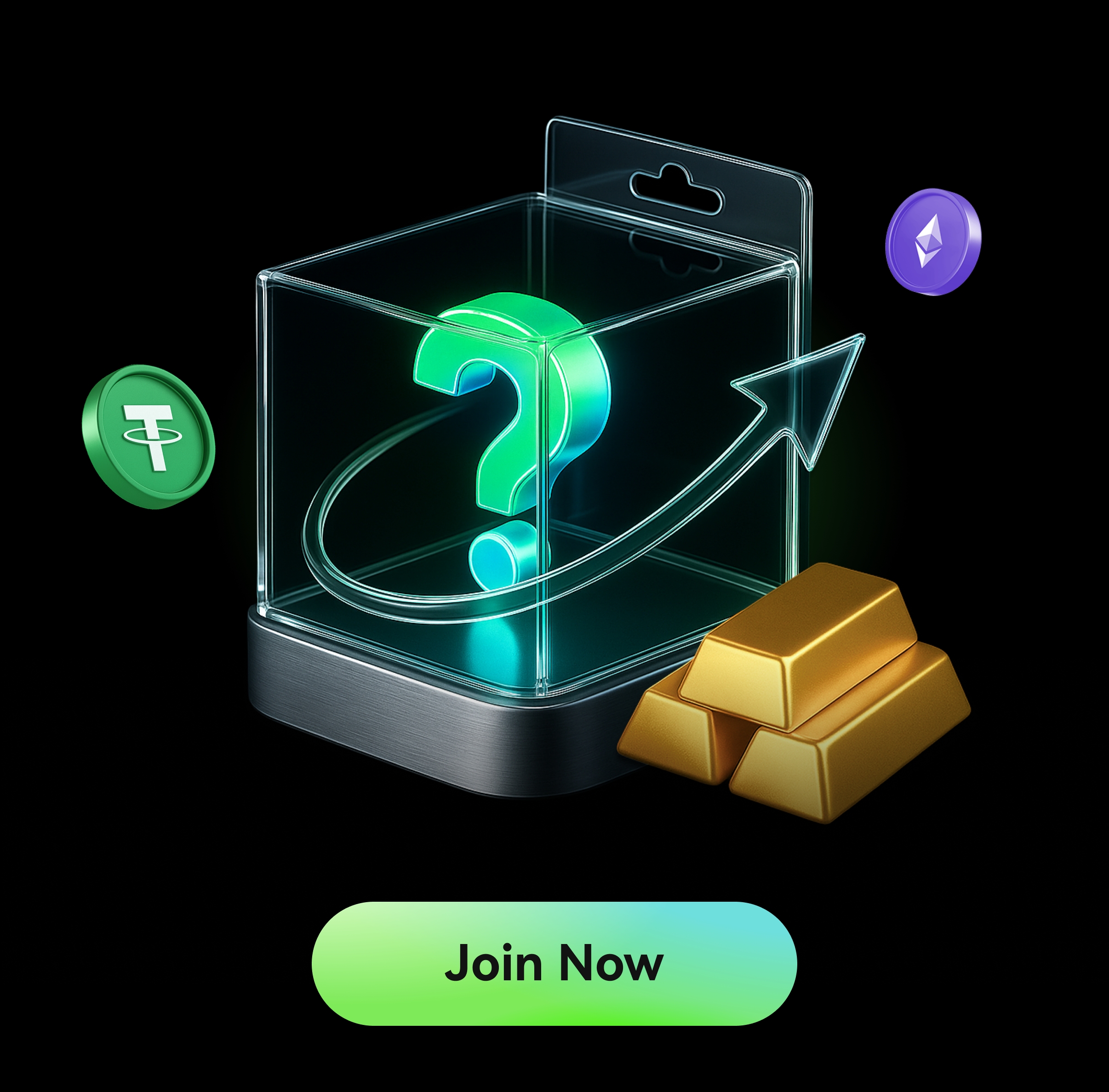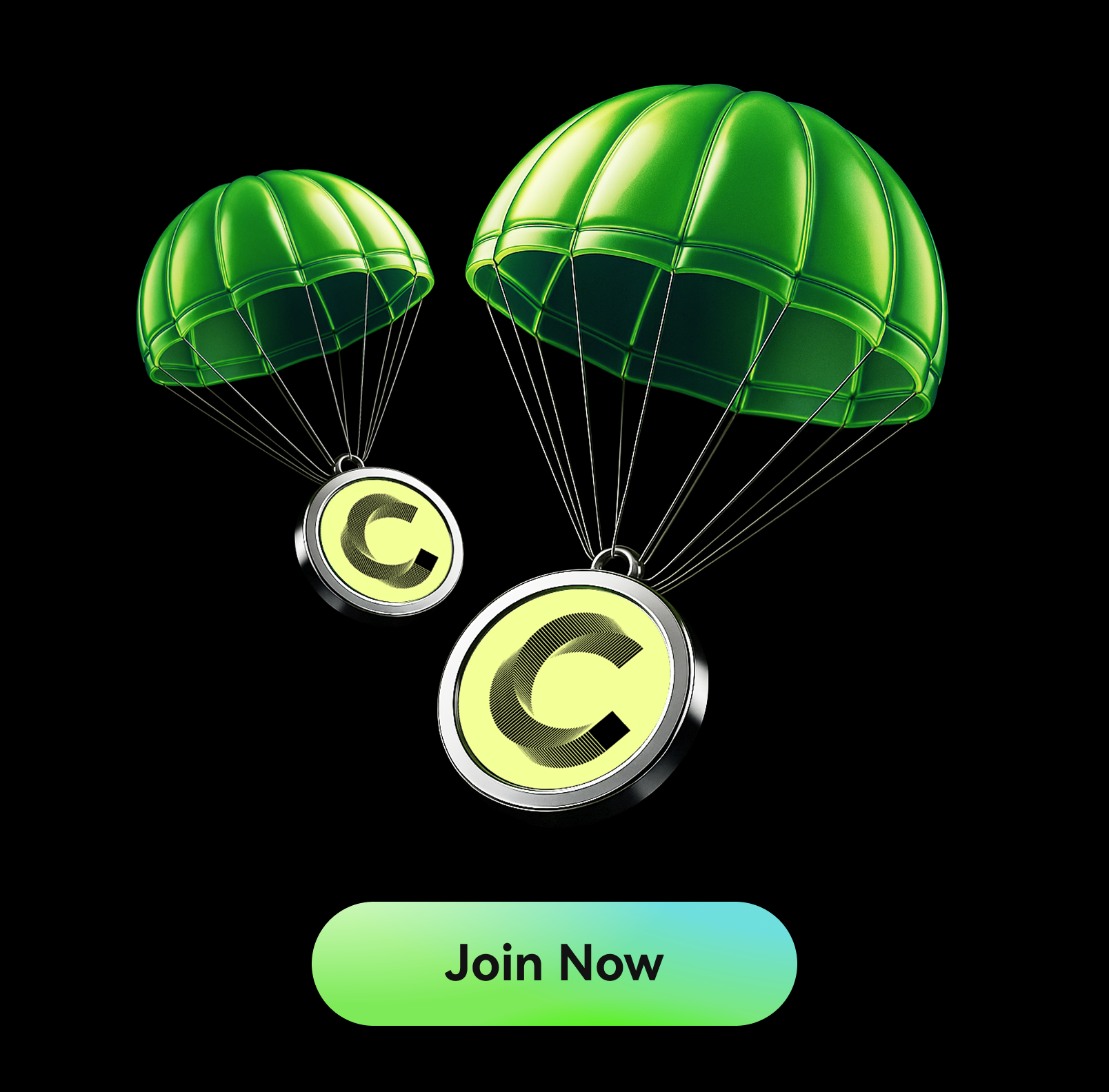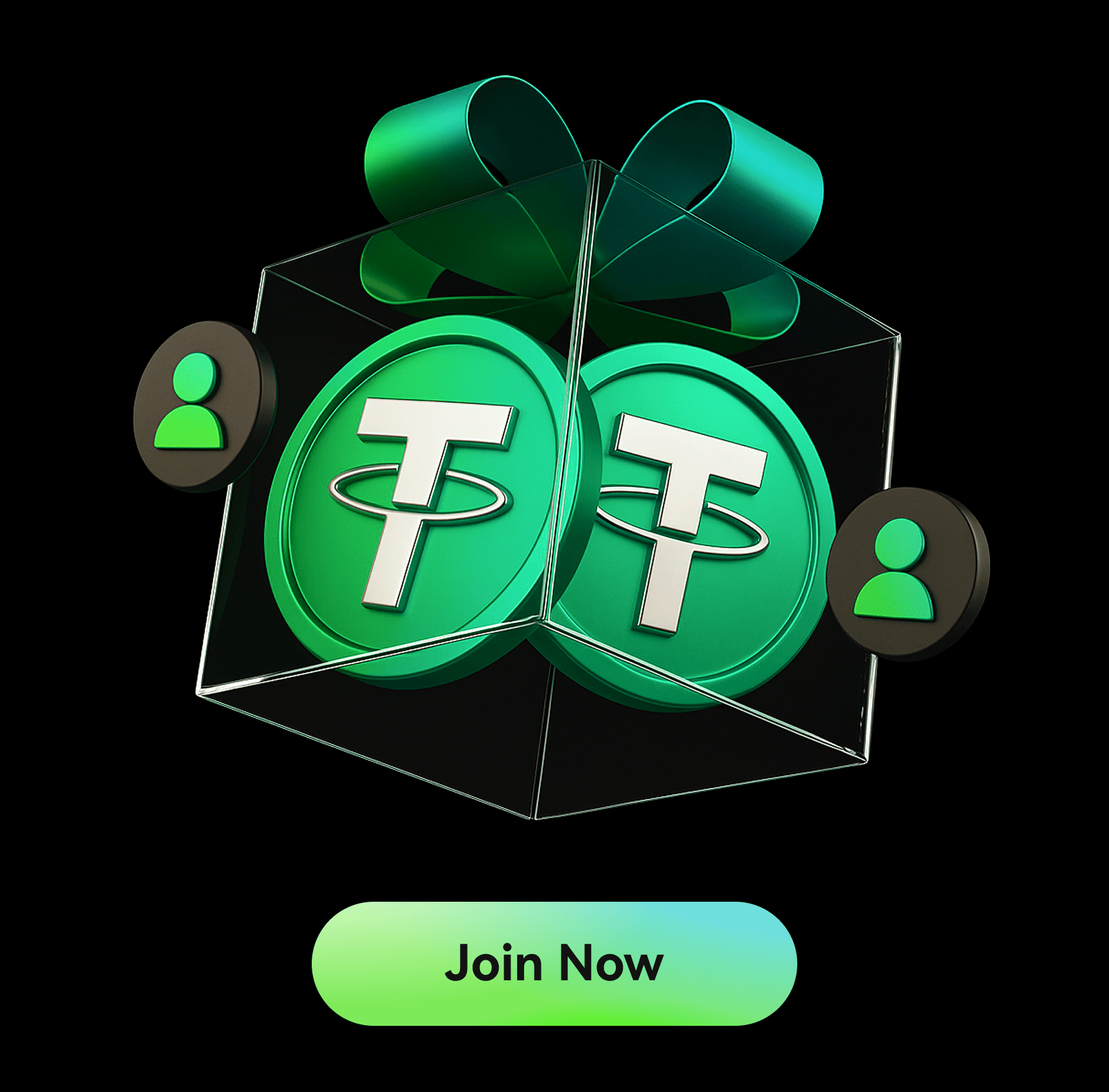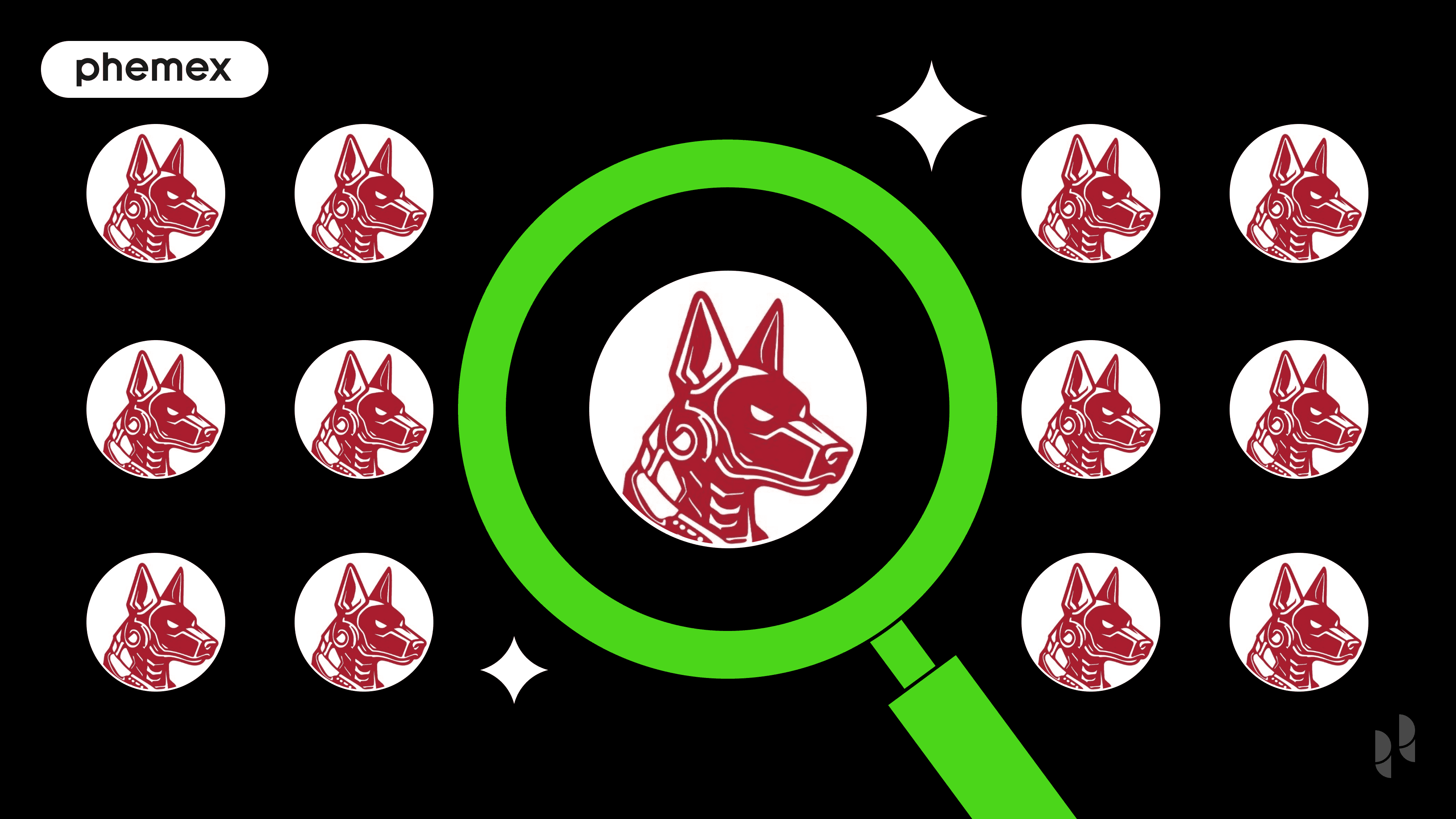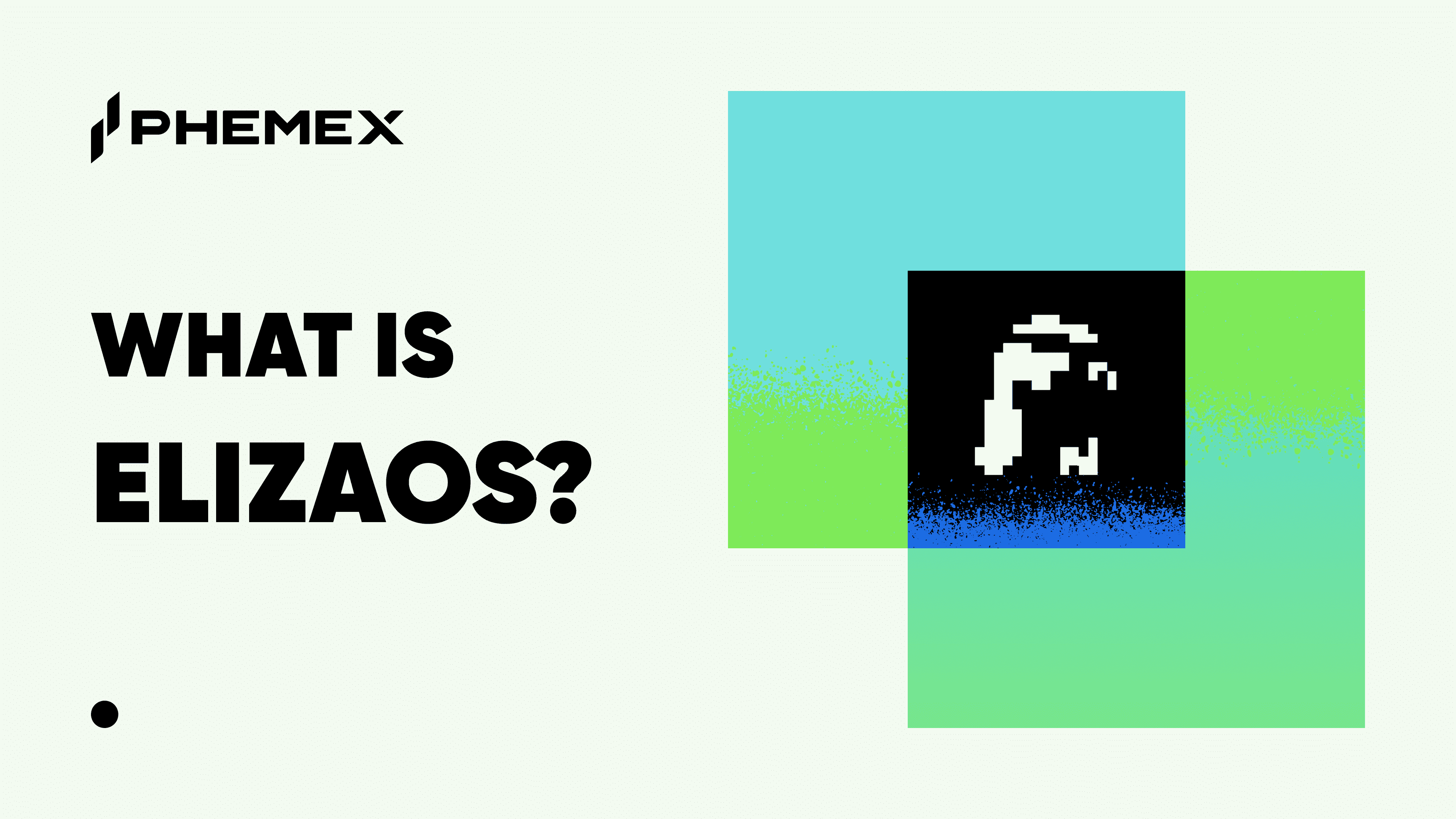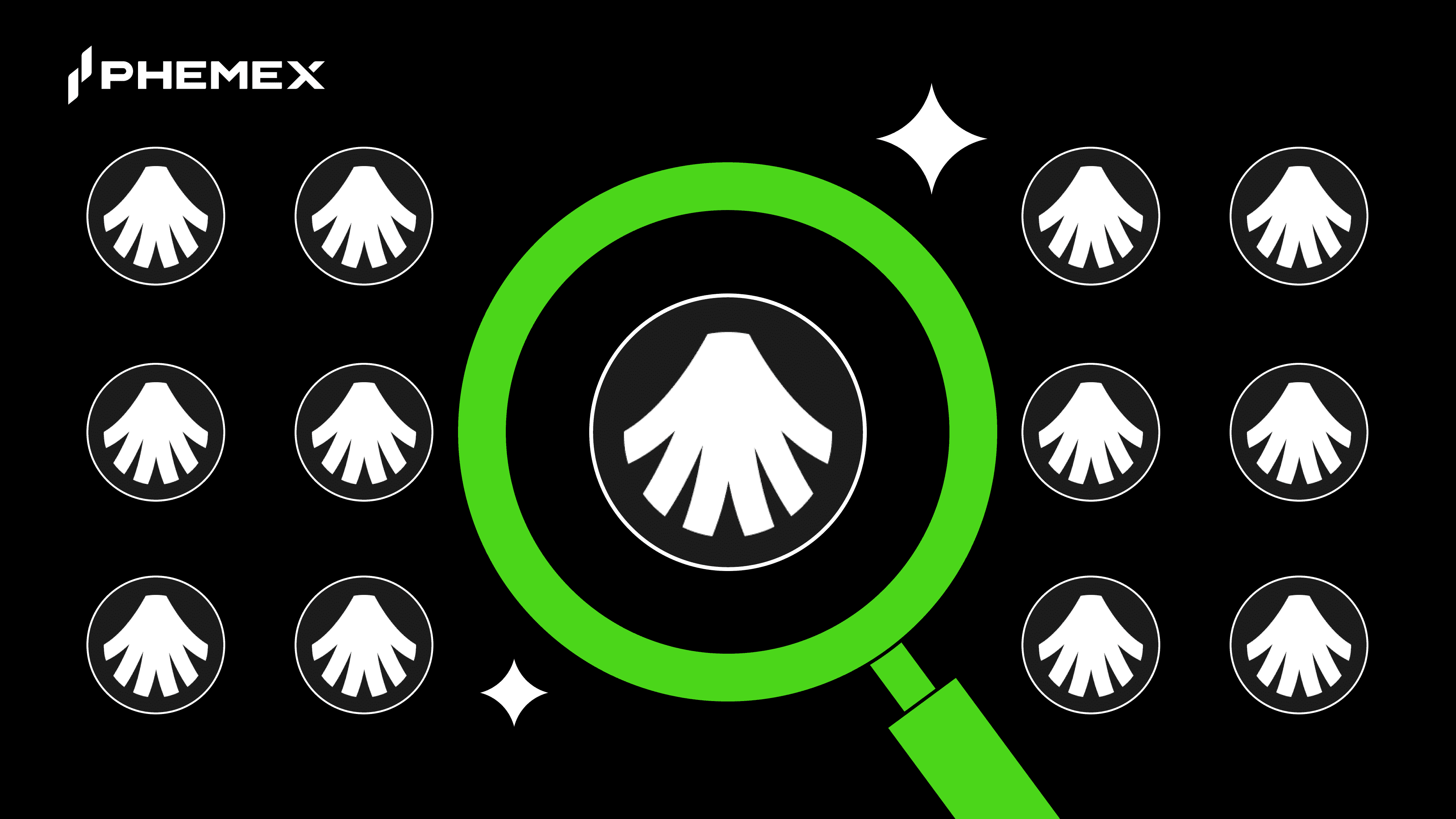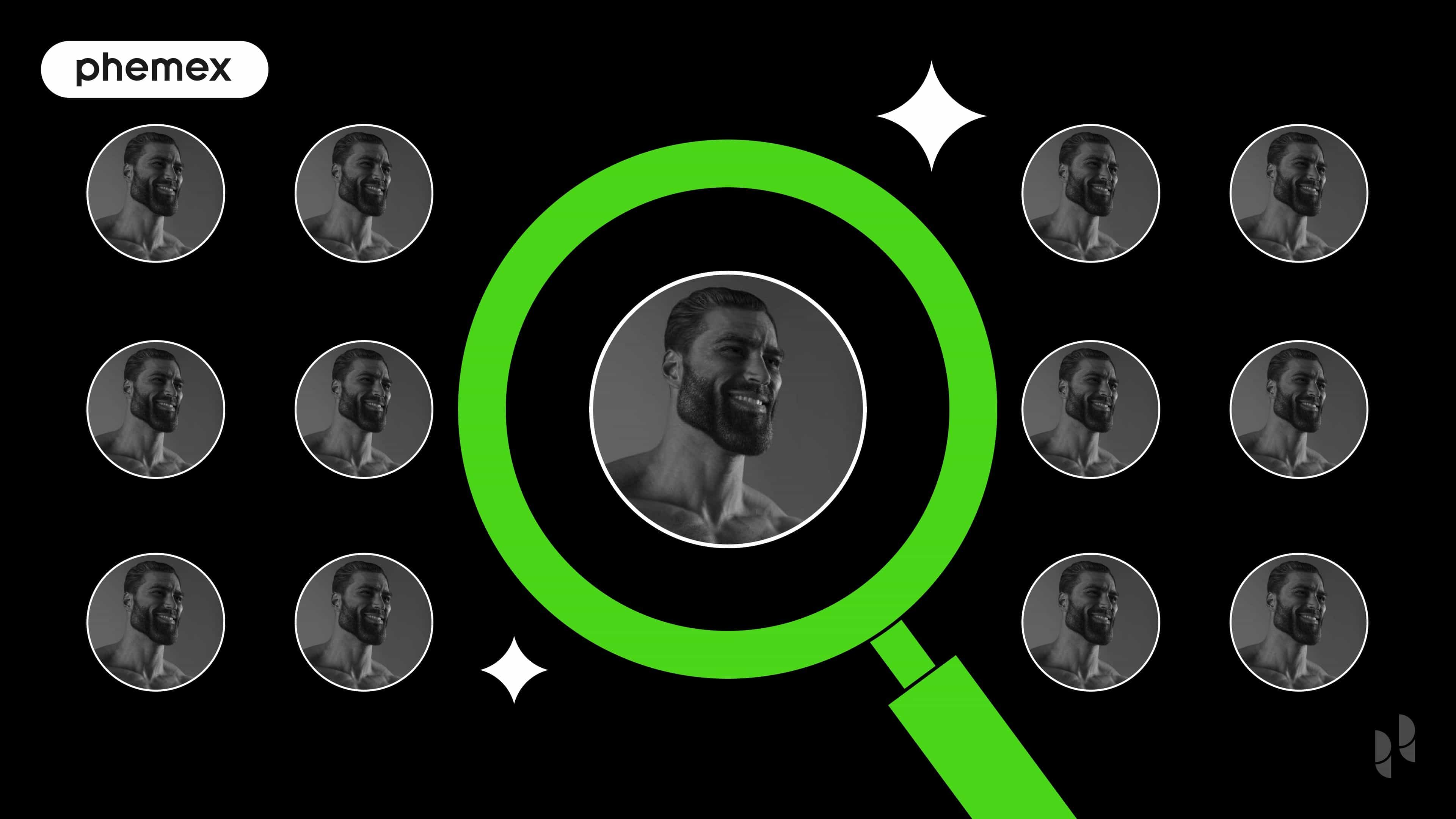In the rapidly evolving landscape where artificial intelligence and blockchain technology converge, new projects are emerging that challenge traditional approaches to complex problems. MasterBOT (BOT) stands at this intersection, proposing a novel, decentralized solution to one of the most significant hurdles in modern robotics: training AI to navigate the unpredictable real world. This guide provides a deep dive into the MasterBOT project, its underlying technology, its native token BOT, and its potential role in shaping the future of automation. By exploring its unique model, you can better understand why it matters and how to approach this innovative asset.
Summary Box (Quick Facts)
-
Ticker Symbol: BOT
-
Chain: Solana
-
Contract Address: 63bpnCja1pGB2HSazkS8FAPAUkYgcXoDwYHfvZZveBot
-
Circulating Supply: Approximately 999 million
-
Total Supply: 1 billion
-
Primary Use Case: Training robotic AI through community-based prediction markets
-
Current Market Cap: Approximately $7.5 million
-
Availability on Phemex: No (As of writing)
What Is MasterBOT?
MasterBOT is a Web3 platform architected to decentralize and accelerate the training of artificial intelligence for real-world robotic applications. To truly grasp what MasterBOT is, one must first understand the fundamental problem it aims to solve. Training a robot's AI is immensely challenging. While an AI can master a game like Chess or Go within a defined set of rules, the physical world is infinitely more complex and unpredictable. Traditional training requires millions of hours of simulation or expensive, risky real-world trials where a single mistake can damage costly hardware. This data bottleneck significantly slows down innovation in automation, from self-driving cars to autonomous warehouse logistics.
MasterBOT explained simply, is a gamified, community-powered engine for generating valuable AI training data. The project has developed a sophisticated digital simulation where a "Game Master" algorithm procedurally generates a unique and complex obstacle course every day. Within this environment, three distinct AI models, each with a unique strategic approach—"The Sprinter," "The Marathoner," and "The Inventor"—compete to find the optimal solution.
This is where the community and the BOT token come in. Users can analyze the daily challenge and the AI strategies and then use BOT tokens to predict which AI they believe will perform best. This process creates a powerful, continuous feedback loop. The collective intelligence of the community, expressed through their predictions, provides a rich dataset on AI performance in novel situations. This data is invaluable for developers looking to refine and improve the AI's learning algorithms, effectively crowdsourcing the intuition-building phase of AI training. By transforming this complex task into an engaging and rewarding experience, MasterBOT positions itself as a key innovator in the field of decentralized AI development.
How Many BOT Are There?
The tokenomics of any cryptocurrency project are the foundation of its economic model, designed to create a balanced and sustainable ecosystem. MasterBOT's tokenomics are built around a fixed supply, which is a crucial detail for understanding its long-term value proposition.
The maximum and total supply of BOT is capped at 1 billion tokens. Of this, approximately 999 million are currently in circulation. A fixed supply means that no new BOT tokens can ever be created, establishing a principle of digital scarcity. Unlike inflationary assets where the supply constantly increases, a fixed supply implies that as demand for the token grows, its value may increase, assuming the supply remains constant. This model is often preferred by investors who seek assets that can hold their value over time.
While the project has not detailed specific token-burning mechanisms, a fixed supply inherently creates a deflationary pressure if the platform's utility grows. As more users join to participate in the prediction markets or as the platform expands to institutional clients, the demand for a finite number of BOT tokens would rise.
The initial distribution of these tokens is also a critical factor. Typically, projects allocate tokens to different stakeholders, including the development team, an ecosystem fund for grants and incentives, private investors, and the public. A well-structured distribution ensures the team is motivated for the long term while also empowering the community and preventing centralization of the token supply. MasterBOT's model is centered on its utility, meaning its economic success is directly tied to the platform's ability to attract and retain an active user base that continuously uses BOT to power the AI training engine.
What Does BOT Do?
The primary MasterBOT use case is to serve as the functional key to its entire decentralized AI training ecosystem. The BOT token is not a passive asset; it is an active tool that enables participation, incentivizes engagement, and fuels the data generation process that sits at the heart of the project.
The core utility is its role in the daily prediction markets. Here’s how it functions within the ecosystem:
-
Participation and Staking: To make a prediction, users must stake their BOT tokens on one of the three AI strategies. This action is a direct vote of confidence in a particular AI's ability to solve the day's challenge, requiring users to think critically about the problem.
-
Incentivizing Data Generation: When users stake their BOT, they are not just guessing; they are contributing to a valuable dataset. The aggregate prediction data shows which AI strategies are perceived as most effective under specific conditions. Successful predictors are rewarded with a share of the daily prize pool, creating a powerful financial incentive for high-quality participation.
-
Community-Driven Learning: This model effectively creates a symbiotic relationship. The AI learns from the simulated challenges, while the developers learn from the community's collective intelligence. The BOT token is the medium that facilitates this exchange of value.
Looking ahead, the utility of BOT is expected to expand. Potential future use cases could include:
-
Governance: BOT holders could be granted voting rights on key platform decisions, such as proposing new AI models, adjusting reward parameters, or directing the use of ecosystem funds. This would further decentralize the project and give the community a real stake in its future.
-
Premium Access: Holding a certain amount of BOT could unlock access to premium features, such as advanced analytics on AI performance, exclusive simulation environments, or early access to new platform functionalities.
-
Institutional Services: As MasterBOT expands to offer its AI training software to businesses, the BOT token could be integrated as the primary payment and utility mechanism for these enterprise-level services, creating significant new demand.
Ultimately, the BOT token is designed to capture the value of the ecosystem it powers. The more effective the platform becomes at training AI, the more valuable the data it generates, and the greater the utility of the token used to access and shape it.
MasterBOT vs. Bitcoin
Comparing a specialized utility token like MasterBOT to a monetary behemoth like Bitcoin is an exercise in understanding differing goals and technologies. While both are cryptocurrencies, their purpose, design, and function are worlds apart. This comparison helps clarify BOT's specific role in the digital asset ecosystem.
Bitcoin was conceived as a peer-to-peer electronic cash system and has since evolved into a widely recognized store of value, often referred to as "digital gold." Its Proof-of-Work (PoW) blockchain is designed for maximum security and decentralization, but this comes at the cost of speed and scalability. Transactions can be slow and expensive, making it unsuitable for applications requiring high throughput.
MasterBOT, on the other hand, is a utility token built on the high-performance Solana blockchain. Its purpose is not to be a global currency but to facilitate a specific application: decentralized AI training. The choice of Solana, which uses a Proof-of-History (PoH) consensus mechanism, is intentional. It allows for thousands of transactions per second with near-instant finality and negligible fees. This is essential for MasterBOT's prediction market, which requires countless small, fast transactions from a global user base daily.
Here is a table summarizing the key differences:
| Feature | MasterBOT (BOT) | Bitcoin (BTC) |
| Primary Use Case | A utility token for participating in a Web3 platform to train AI for robotics by making predictions on training outcomes. | A decentralized peer-to-peer electronic cash system and a store of value. |
| Underlying Technology | Built on the Solana blockchain. | Operates on its own native blockchain. |
| Consensus Mechanism | Proof-of-History (PoH), inherited from the Solana network, which allows for high throughput. | Proof-of-Work (PoW), which is highly secure but energy-intensive and slower. |
| Transaction Speed | Very fast, capable of handling thousands of transactions per second, ideal for high-frequency platform interactions. | Slower, with an average block time of about 10 minutes, making it less suitable for rapid, small transactions. |
| Transaction Fees | Typically very low, often fractions of a cent. | Can be high and variable, depending on network congestion. |
| Supply | Fixed maximum supply of 1 billion BOT tokens. | Capped at 21 million BTC, making it a deflationary asset. |
| Decentralization | Security and decentralization are dependent on the Solana network's validators. | Widely considered the most decentralized and secure cryptocurrency network due to its vast global network of miners. |
In essence, Bitcoin is a foundational layer of the digital economy focused on value, while MasterBOT is an application-layer project focused on utility. One is a revolution in money; the other aims to be a revolution in AI development.
The Technology Behind BOT
MasterBOT’s innovation is enabled by a sophisticated technology stack that combines the best of blockchain, gaming, and artificial intelligence.
-
Solana Blockchain: The choice of Solana as the underlying blockchain is fundamental. Its Proof-of-History (PoH) consensus mechanism provides a timestamp for every transaction, allowing the network to process them in parallel. This results in incredible speed and low costs, making it feasible to build a consumer-facing application with thousands of daily on-chain interactions. Without this scalability, the MasterBOT prediction market would be too slow and expensive to be viable.
-
Unity Simulation Environment: The virtual world where the AIs compete is built using Unity, a powerful and popular game engine. Unity is renowned for its realistic physics engine and its ability to create complex, dynamic environments. This is crucial for training robotics AI, as the simulation must accurately reflect real-world physics to produce data that is transferable to physical robots.
-
Procedurally Generated Challenges: At the core of the simulation is the "Game Master," an algorithm that uses procedural generation to create a new, unique challenge every day. This prevents the AI from "overfitting," a common problem where an AI memorizes solutions to specific problems but fails when faced with a novel situation. By constantly generating new environments, MasterBOT ensures its AIs are always learning and adapting.
-
The Three AI Archetypes: The platform’s use of three competing AI models ("The Sprinter," "The Marathoner," and "The Inventor") is a clever approach. These archetypes likely represent different machine learning strategies. For example, "The Sprinter" might use an aggressive, brute-force algorithm, "The Marathoner" could employ a more patient, energy-efficient pathfinding model, and "The Inventor" might use a novel, out-of-the-box approach like a genetic algorithm. This competitive dynamic not only makes the platform more engaging for users but also allows for the parallel testing of different AI development philosophies.
Together, this tech stack creates a robust and scalable platform for generating high-quality, relevant data for training the next generation of robotic intelligence.
Team & Origins
While the founders of MasterBOT have maintained a degree of privacy, the project's public actions signal a clear focus on building a world-class team. In the crypto space, the credibility and transparency of the team are paramount. MasterBOT has taken a forward-looking approach by openly advertising key roles, including AI/ML Robotics Engineers, Web3 Developers, and a Business Development Lead.
This strategy is significant for several reasons. It demonstrates a commitment to long-term growth and indicates that the project is well-funded enough to attract top talent. It also signals a transition from a conceptual phase to an operational and expansionary one. By seeking experts in robotics, AI, and business development, the project is laying the groundwork for its planned expansion into the institutional market.
The origins of MasterBOT lie at the nexus of several powerful trends: the rise of decentralized physical infrastructure networks (DePIN), the increasing demand for AI, and the maturation of blockchain technology. The team identified a critical bottleneck in a trillion-dollar industry (robotics) and designed a Web3-native solution that leverages community participation to solve it. This vision—to build the future of decentralized robotics—is ambitious and reflects a deep understanding of the potential for blockchain to coordinate human and machine intelligence at scale.
Key News & Events
To understand the trajectory of MasterBOT, it's essential to follow the latest news about MasterBOT and track its progress against its publicly stated roadmap. The project is structured in clear phases, each building upon the last.
-
Phase 1: MVP Showcase (Completed): This initial phase involved building the core simulation environment and proving the concept of the competitive AI training model. Its successful completion validated the project's foundational technology.
-
Phase 2: V1 Platform Launch: This phase marks the public release of the MasterBOT application, allowing for 24/7 autonomous AI training within the simulation. This is when the platform begins to generate data continuously.
-
Phase 3: Prediction Market Implementation: This is a crucial milestone where the full utility of the BOT token is unlocked. The community-driven prediction market goes live, enabling users to stake their tokens and earn rewards, thereby kickstarting the data-generating feedback loop.
-
Phase 4: Institutional Expansion: The final phase on the current roadmap involves packaging the MasterBOT AI training software as a B2B solution for enterprise clients. This represents a significant step toward commercialization and long-term sustainability.
Beyond these major milestones, traders and investors should monitor the BOT price in correlation with platform activity, user growth, and partnership announcements. Active community engagement on platforms like X (formerly Twitter) and Telegram is also a key indicator of the project's health and momentum. For those looking to get involved, learning how to buy BOT is the first step, while staying informed on these developments is key to making strategic decisions.
Is BOT a Good Investment?
Evaluating whether MasterBOT (BOT) is a good investment requires a balanced view of its immense potential and its inherent risks. The following analysis is for informational purposes and should not be considered financial advice. Always conduct your own research and only invest what you can afford to lose.
The Bull Case (Potential Strengths):
-
Massive Total Addressable Market (TAM): MasterBOT operates at the convergence of AI, robotics, and Web3, three of the highest-growth sectors in the global economy. The market for AI and robotics is projected to be worth trillions of dollars, and even capturing a small fraction of this market could lead to significant value creation.
-
Innovative DePIN Model: The project is a prime example of a DePIN, using tokens to incentivize a decentralized community to build a real-world service (in this case, AI training data). This model has proven to be incredibly effective at bootstrapping network effects.
-
First-Mover Advantage: While the AI space is crowded, MasterBOT’s focus on a decentralized, gamified approach to robotics training gives it a unique position and a potential first-mover advantage in this specific niche.
-
Clear Path to Revenue: Unlike many crypto projects, MasterBOT has a clear plan for institutional adoption and revenue generation through its B2B software offering, providing a tangible path to long-term sustainability.
The Bear Case (Risks to Consider):
-
Extreme Volatility: As a low-cap altcoin, the BOT price is subject to extreme volatility. Its value can experience dramatic swings based on market sentiment, news, and speculative trading.
-
Execution Risk: The team’s vision is highly ambitious. Their success depends entirely on their ability to execute their roadmap, build a flawless platform, attract a large and active community, and successfully penetrate the institutional market. Any failure to deliver could significantly impact the project.
-
Competition: While its approach is unique, MasterBOT competes indirectly with established, well-funded centralized AI companies like Google's DeepMind and Boston Dynamics, which have vast resources dedicated to solving similar problems.
-
Regulatory Uncertainty: The regulatory landscapes for both cryptocurrency and artificial intelligence are still evolving globally. Future regulations could impose challenges on the project's operations or the trading of its token.
In conclusion, the MasterBOT investment potential is high, but so are the risks. It represents a speculative, high-growth opportunity for investors who believe in the long-term convergence of AI and Web3. For those looking to trade BOT, a deep understanding of the project and a robust risk management strategy are essential.
FAQs
1. What is MasterBOT (BOT) used for?
The BOT token is the primary utility token of the MasterBOT ecosystem. Its main use is for participating in the daily prediction markets, where users stake BOT to predict which AI strategy will be most successful in solving a robotics challenge, earning rewards for correct predictions.
2. How can I stay updated on news about BOT?
The best sources for the latest news and announcements are the official MasterBOT X (formerly Twitter) account and their community Telegram channel. For market data, you can track the BOT price on major crypto data aggregator websites.
3. Where can I learn how to buy BOT?
For those interested in how to buy BOT, it is currently available on decentralized exchanges (DEXs) built on the Solana network. To learn more about navigating DEXs and trading digital assets safely and effectively, explore Phemex Academy for comprehensive guides and tutorials.
4. How does the prediction market actually help train the AI?
The predictions made by the community serve as a valuable layer of human-annotated data. By analyzing which AI strategies the community believes will succeed under certain conditions, developers can gain insights that are difficult to derive from raw simulation data alone. This collective intelligence helps guide the refinement of the AI's learning algorithms.
5. Is MasterBOT considered a DePIN project?
Yes, MasterBOT fits squarely into the Decentralized Physical Infrastructure Networks (DePIN) category. It uses token incentives (BOT) to encourage a globally distributed community to contribute a valuable digital resource (AI training analysis and data) that collectively builds a decentralized service.
